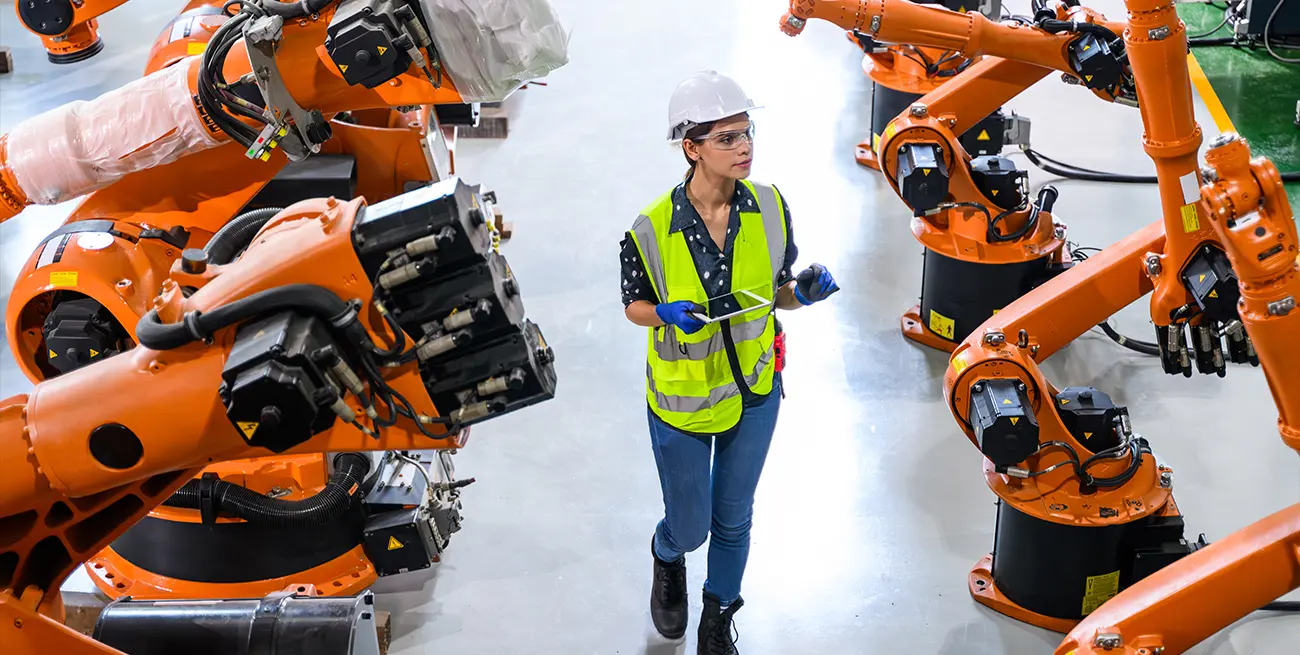The Role of Automation in Reducing Waste and Improving Sustainability

Industrial operations face increasing pressure to balance productivity with environmental responsibility. Automation technologies have moved beyond mere efficiency improvements, emerging as key tools for reducing waste and advancing sustainability goals. These advancements influence material usage, energy consumption, quality control, and resource management across industrial supply chains.
Precision and Consistency in Manufacturing
Automation systems execute repetitive tasks with remarkable precision, drastically reducing material waste generated by human error. Variability in manual processes often leads to overuse of raw materials or production defects requiring costly rework or scrapping. Automated equipment, equipped with sensors and feedback loops, minimizes deviations by consistently meeting exact specifications. This control limits off-spec products and optimizes raw material consumption.
Beyond physical accuracy, automation enables real-time process adjustments. Integrated data collection monitors output quality, environmental conditions, and equipment status. When variations occur, automated controls respond immediately—adjusting feed rates, temperature, or pressure to maintain ideal conditions. This adaptability decreases waste stemming from process drift or environmental fluctuations.
Optimizing Resource Consumption
Energy efficiency forms a significant aspect of sustainable industrial operations. Automation contributes by optimizing machinery operation schedules and reducing idle running times. Programmable logic controllers and advanced scheduling algorithms coordinate equipment usage, ensuring machines operate only when needed, thereby cutting energy consumption.
In addition, automated systems facilitate predictive maintenance. Sensors monitor equipment health indicators—vibration, temperature, or lubrication levels—detecting issues before breakdowns occur. Predictive approaches avoid energy waste from malfunctioning machines running inefficiently and reduce unplanned downtime that leads to resource-intensive restarts.
Water and raw material usage benefit from automation-driven optimization as well. Automated dosing and mixing systems regulate precise quantities of inputs, avoiding overuse and minimizing discharge of pollutants. Smart metering tracks consumption, supporting conservation targets and regulatory compliance.
Waste Tracking and Management
Automation integrates seamlessly with waste tracking systems, providing granular visibility into waste generation points. Industrial buyers can leverage this information to identify hotspots where improvements are needed most. Automated data capture reduces reliance on manual reporting, enhancing accuracy and timeliness of waste measurements.
Advanced analytics platforms paired with automation reveal patterns and correlations. For example, correlating waste spikes with specific shifts, equipment conditions, or supply batches allows pinpointing causes and targeting interventions. This insight drives continuous reduction efforts and aligns with circular economy initiatives by identifying reusable or recyclable waste streams.
Automated sorting and separation technologies also reduce landfill-bound waste. Optical scanners, AI-driven robots, and sensor arrays differentiate materials with speed and precision, enabling more effective recycling and reuse. These technologies lower contamination in recycling streams, increasing the quality and value of recovered materials.
Supply Chain Integration and Inventory Management
Automation extends its sustainability benefits into supply chain and inventory management. Automated ordering systems adjust purchasing based on real-time inventory levels and demand forecasts, preventing overstocking and material obsolescence. This reduces waste related to expired or excess stock, especially for materials with limited shelf lives.
Barcode and RFID technologies automate tracking through warehouses and logistics networks. Accurate tracking minimizes lost or misplaced inventory that often results in unnecessary replacements or write-offs. Enhanced visibility also improves load planning for transport, optimizing shipping volumes and lowering emissions.
Collaborating with suppliers who use automated sustainability tracking tools enhances supply chain transparency. This integration supports traceability of sustainably sourced materials and promotes accountability throughout the value chain.
Impact on Labor and Operational Practices
Automated workflows reduce the manual handling of materials and waste, lowering contamination and damage risks. Operators can focus on higher-value tasks such as process optimization and quality assurance. This shift encourages a culture of continuous improvement and sustainability awareness.
Automation also facilitates compliance with environmental regulations by embedding standard operating procedures into system logic. Automated documentation and reporting simplify audits and inspections, reducing administrative burdens while improving accuracy.
Workplace safety improvements due to automation indirectly support sustainability by minimizing incidents that could halt production and generate waste through damaged goods or emergency responses.
Challenges and Considerations
Automation implementation requires upfront capital investment and thoughtful integration into existing operations. Industrial buyers must assess technology compatibility with current systems and supplier capabilities. Training and change management ensure staff can effectively operate and maintain automated solutions.
Careful selection of automation tools that align with sustainability goals is essential. Not all technologies yield equal environmental benefits, and some may introduce complexities or unintended consequences. Pilot programs and phased rollouts allow evaluation of waste reduction impacts before full-scale deployment.
Data security and system reliability are critical. Automation relies on accurate data flows; any disruptions or inaccuracies could hamper sustainability efforts. Redundant systems, robust cybersecurity measures, and vendor support help mitigate risks.
Innovation and the Road Ahead
The convergence of automation with emerging technologies like artificial intelligence, machine learning, and the Internet of Things (IoT) unlocks new potentials. Predictive analytics refine resource management, while autonomous systems enable dynamic waste sorting and material recovery.
Advanced robotics enhance capabilities in hazardous or difficult environments, expanding opportunities for waste reduction in industries such as chemical processing, mining, and heavy manufacturing. As automation platforms mature, integration with sustainability metrics will become standard, embedding environmental goals into everyday operations.
Rethinking Industrial Sustainability Through Automation
Automation reshapes how industrial supply chains approach waste and sustainability. Its influence spans precise control over material use, energy efficiency, enhanced data visibility, and improved supply chain coordination. These improvements translate into tangible cost savings, regulatory compliance, and stronger supplier relationships.
A future where automated systems and sustainability efforts coalesce offers operational resilience and environmental stewardship that no organization can afford to ignore. For industrial buyers, investing in automation is no longer just about productivity gains but a strategic move to future-proof operations and lead in sustainable industry practices.


